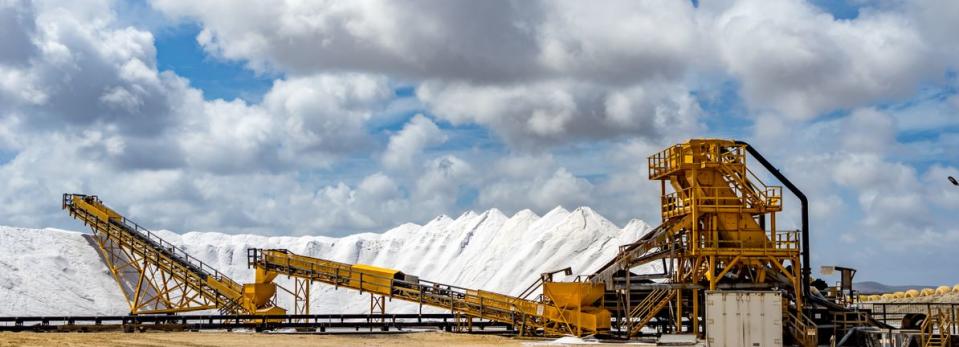Should We Worry About Anglo Asian Mining PLC's (LON:AAZ) P/E Ratio?

This article is for investors who would like to improve their understanding of price to earnings ratios (P/E ratios). We'll show how you can use Anglo Asian Mining PLC's (LON:AAZ) P/E ratio to inform your assessment of the investment opportunity. Looking at earnings over the last twelve months, Anglo Asian Mining has a P/E ratio of 11.69. That is equivalent to an earnings yield of about 8.6%.
Check out our latest analysis for Anglo Asian Mining
How Do I Calculate A Price To Earnings Ratio?
The formula for P/E is:
Price to Earnings Ratio = Price per Share (in the reporting currency) ÷ Earnings per Share (EPS)
Or for Anglo Asian Mining:
P/E of 11.69 = £1.83 (Note: this is the share price in the reporting currency, namely, USD ) ÷ £0.16 (Based on the trailing twelve months to June 2019.)
Is A High Price-to-Earnings Ratio Good?
A higher P/E ratio means that buyers have to pay a higher price for each £1 the company has earned over the last year. All else being equal, it's better to pay a low price -- but as Warren Buffett said, 'It's far better to buy a wonderful company at a fair price than a fair company at a wonderful price.
How Does Anglo Asian Mining's P/E Ratio Compare To Its Peers?
One good way to get a quick read on what market participants expect of a company is to look at its P/E ratio. You can see in the image below that the average P/E (9.0) for companies in the metals and mining industry is lower than Anglo Asian Mining's P/E.
That means that the market expects Anglo Asian Mining will outperform other companies in its industry. Clearly the market expects growth, but it isn't guaranteed. So further research is always essential. I often monitor director buying and selling.
How Growth Rates Impact P/E Ratios
P/E ratios primarily reflect market expectations around earnings growth rates. If earnings are growing quickly, then the 'E' in the equation will increase faster than it would otherwise. That means even if the current P/E is high, it will reduce over time if the share price stays flat. So while a stock may look expensive based on past earnings, it could be cheap based on future earnings.
In the last year, Anglo Asian Mining grew EPS like Taylor Swift grew her fan base back in 2010; the 72% gain was both fast and well deserved.
A Limitation: P/E Ratios Ignore Debt and Cash In The Bank
Don't forget that the P/E ratio considers market capitalization. In other words, it does not consider any debt or cash that the company may have on the balance sheet. Theoretically, a business can improve its earnings (and produce a lower P/E in the future) by investing in growth. That means taking on debt (or spending its cash).
Such expenditure might be good or bad, in the long term, but the point here is that the balance sheet is not reflected by this ratio.
So What Does Anglo Asian Mining's Balance Sheet Tell Us?
Since Anglo Asian Mining holds net cash of US$15m, it can spend on growth, justifying a higher P/E ratio than otherwise.
The Bottom Line On Anglo Asian Mining's P/E Ratio
Anglo Asian Mining trades on a P/E ratio of 11.7, which is below the GB market average of 17.1. It grew its EPS nicely over the last year, and the healthy balance sheet implies there is more potential for growth. The relatively low P/E ratio implies the market is pessimistic.
Investors have an opportunity when market expectations about a stock are wrong. As value investor Benjamin Graham famously said, 'In the short run, the market is a voting machine but in the long run, it is a weighing machine. We don't have analyst forecasts, but you might want to assess this data-rich visualization of earnings, revenue and cash flow.
Of course you might be able to find a better stock than Anglo Asian Mining. So you may wish to see this free collection of other companies that have grown earnings strongly.
If you spot an error that warrants correction, please contact the editor at editorial-team@simplywallst.com. This article by Simply Wall St is general in nature. It does not constitute a recommendation to buy or sell any stock, and does not take account of your objectives, or your financial situation. Simply Wall St has no position in the stocks mentioned.
We aim to bring you long-term focused research analysis driven by fundamental data. Note that our analysis may not factor in the latest price-sensitive company announcements or qualitative material. Thank you for reading.

